Clock rates and overclocking reserves
The beat thing looks really good. In Full-HD and also WQHD in places, the card manages well over 2300 MHz with BIOS 1 and even goes up to about 2450 MHz for a short time in places. Fully warmed up and in Ultra HD, it’s still between 2250 and 2350 MHz, depending on the game and load. If you increase the power limit by the maximum possible 15%, then the clock rate can even be increased a bit, because it stabilizes up to 2450 MHz and even a bit more, depending on the chip quality. For a short time, peaks of just over 2.5 GHz were also visible, but only briefly and only for the gallery. However, the almost 370 watts that are then due are not in any relation to the performance, since the scaling decreases more strongly with the clock rate at some point.
Temperatures GPU and GDDR6 memory
Now let’s look at the temperatures. AMD still uses the so-called hotspot temperature internally, but now solves this much smarter and with more and cleverly positioned measuring points or sensors. The total can reach up to 110 °C at the peak, but in practice it was only just under 90 °C. We’ll remember the kink for the fans in the next chapter. The “GPU diode”, internally called edge temperature by AMD (we also know it from NVIDIA), is significantly lower with the values.
I was able to read out the GDDR6 with the help of a special engineering tool. It is interesting to note that there are even two values per memory module, since the memory also has twice the capacity and apparently outputs two sensors. From these 16 single values one weights then in the tool the memory temperature, which I have given you in the diagram once with. The memory remains, even in the long term, inside (substrate) at a maximum of 78 °C, which is an acceptable temperature. The highest readout values are likely to be generated by the two modules that are above the power supply tracks.
This is also proven very impressively by the IR images, where I intentionally ran the card without a backplate:
- 1 - Introduction and Technical Details
- 2 - Teardown: PCB and Cooler
- 3 - Gaming Performance
- 4 - Power Consumtion in Gaming and Efficiency
- 5 - Power Consumption in Detail, Voltages and Standards
- 6 - Transients and PSU Recommendation
- 7 - Clock Rate and Temperatures
- 8 - Fan Speed and Noise
- 9 - Summary and Conclusion















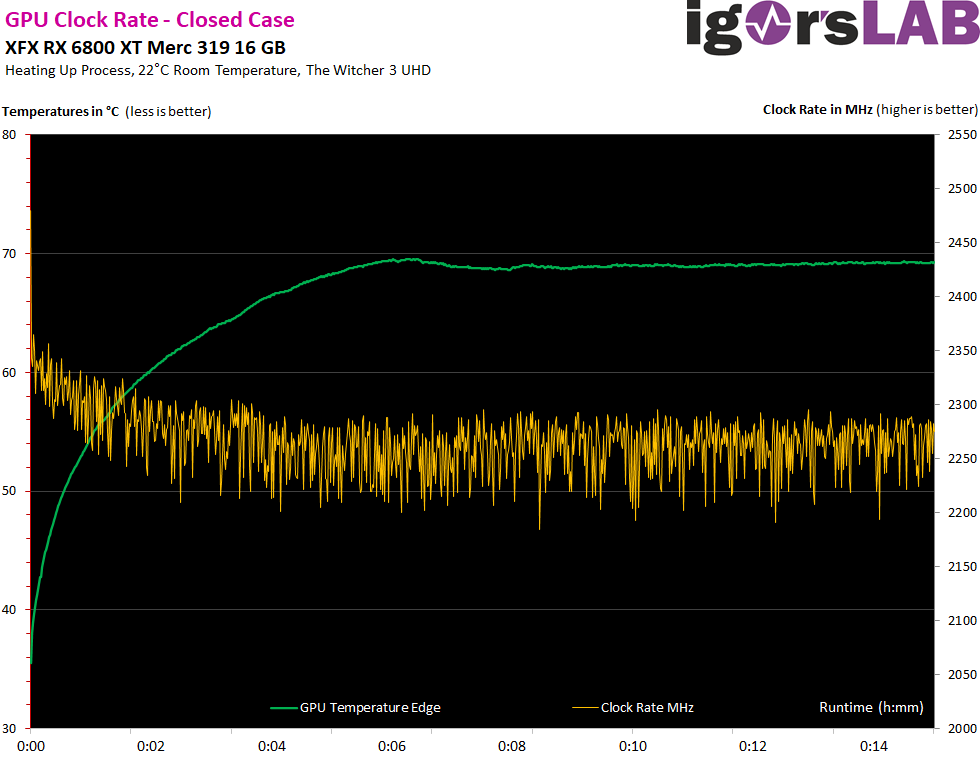
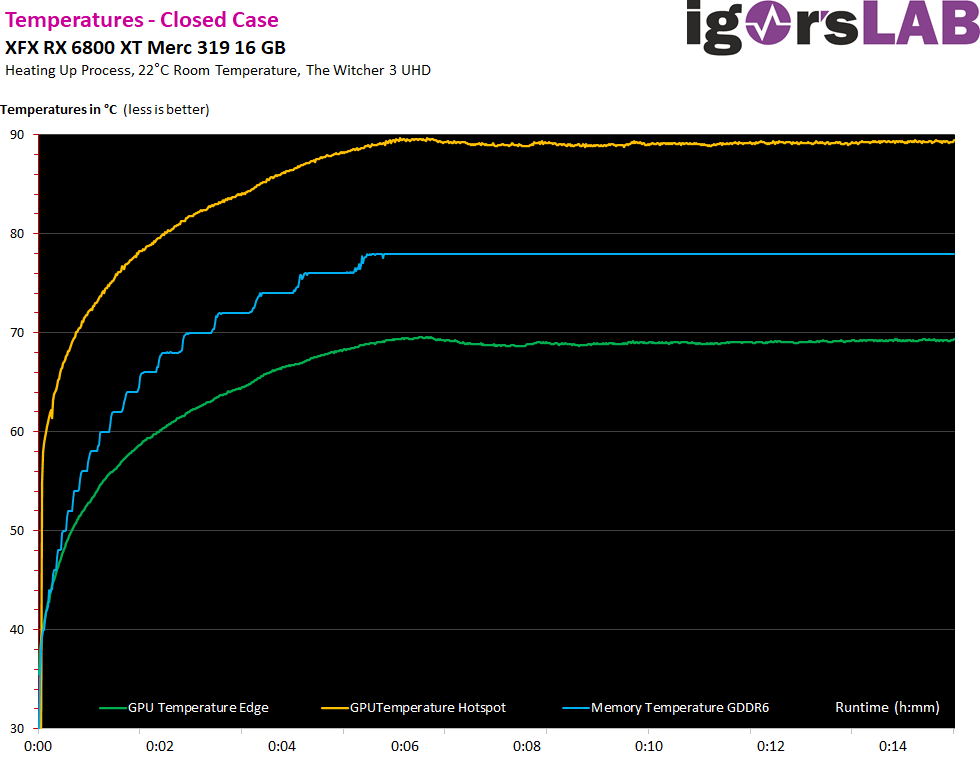
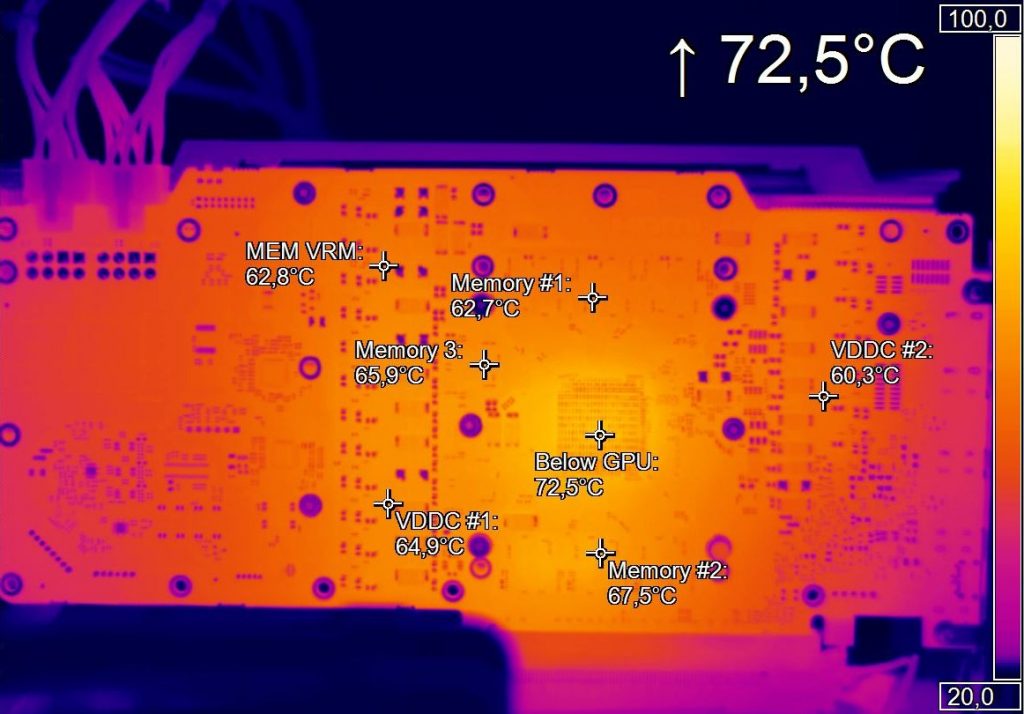



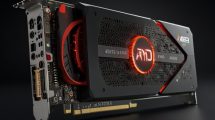
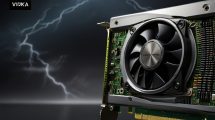













Kommentieren